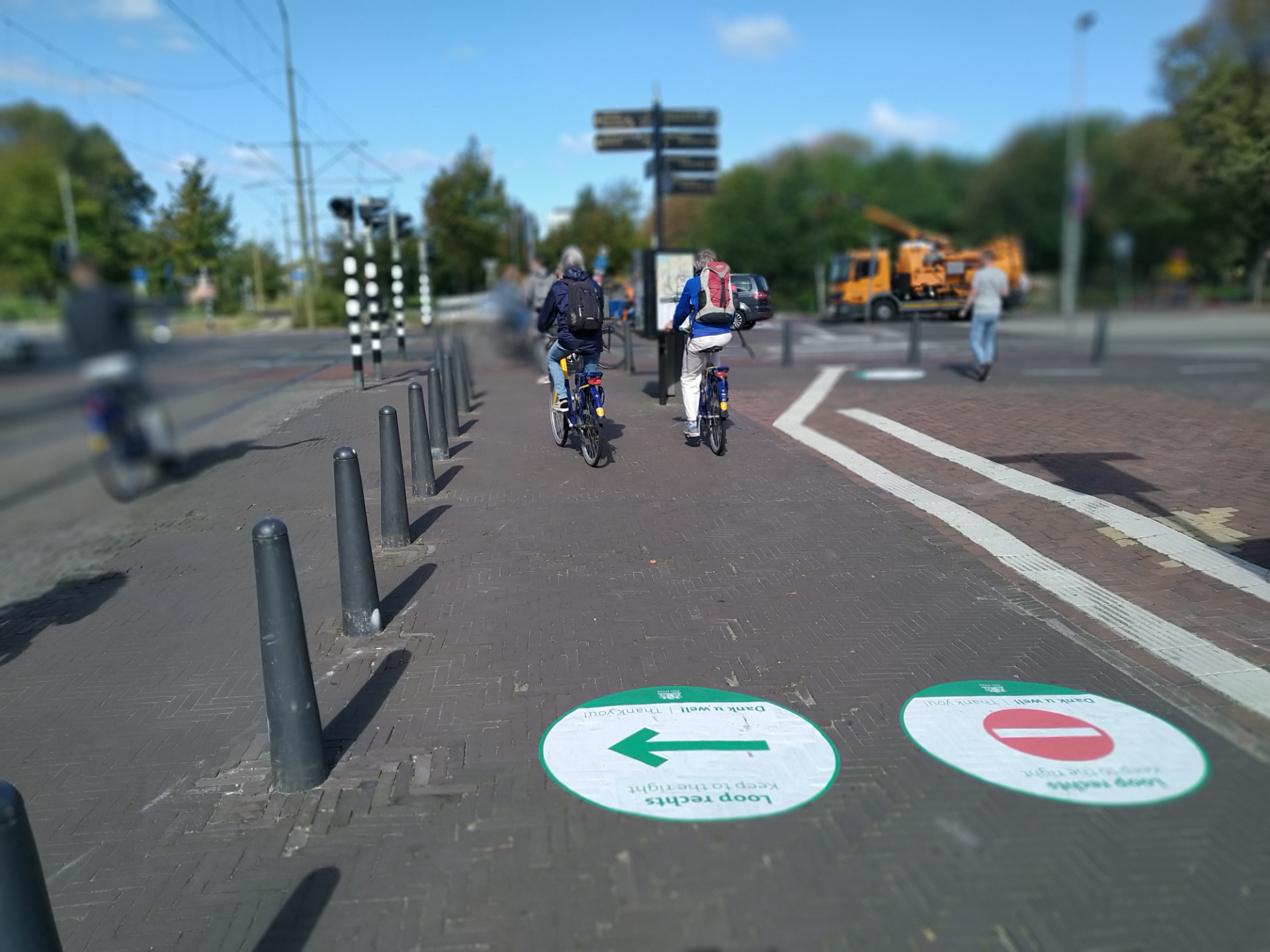Dutch coronavirus deaths “seven times higher” with Swedish rules

Seven times as many people could have died from coronavirus in the first wave of the pandemic if the Netherlands had opted for a Swedish-style response, the public health agency RIVM has estimated.
The RIVM compared the outcomes in the Netherlands with five other countries: Belgium, Germany, Denmark, Sweden and the UK, as part of an ongoing series of analyses commissioned by the health ministry.
Even adopting Danish-style measures would have increased the mortality rate by a factor of 2.4, while UK-style interventions would have tripled the number of deaths.
According to the government statistics office CBS, an estimated 10,000 people died from coronavirus between March and June 2020, 78% of which were confirmed cases.
The Netherlands and Denmark started the pandemic with relatively high reproduction rates, but were the first to bring the effective rate below zero. Around 85% of first-wave deaths in the Netherlands were registered in March and April.
The RIVM also calculated that the number of deaths would have been 20% higher if control measures had started one day later than March 13, while a three-day delay would have led to twice as many fatalities.
It did not speculate on the possible effect of earlier interventions, but noted that cases were doubling every two to three days in early March.
Closing shops most effective
“As the Netherlands was slightly earlier to suppress the epidemic wave (in the sense of bringing the reproduction number Rt below the critical value of 1), compared to Belgium, Denmark, Germany, Sweden and the UK, adopting the response strategies from these other countries would have led to at least a doubling in mortality in the Netherlands,” the report said.
“As the response strategy from Sweden was also less strict, such an approach would have led to a sevenfold increase in mortality in the Netherlands.”
The RIVM also assessed the impact of different types of control measures. Closing non-essential shops and businesses was the most effective measure, reducing the Rt number by an estimated 35%, while banning mass gatherings cut it by 26% and night-time curfews by 13%.
Stricter mask wearing policies had a 12% impact, though the Netherlands was one of the last countries to make masks compulsory. Face masks were required on public transport from June 1 and in other public spaces from December 1.
Closing schools was the least effective of the assessed measures, reducing deaths by just 7%.
Fear and trust
However, the RIVM said that the effect of specific rules was hard to analyse because they were implemented simultaneously. The circumstances in individual countries when measures were introduced were also likely to have had a bearing on their effectiveness.
“For example, a high incidence of infection may trigger policy makers to increase stringency of the measures, the perceived severity of infection and fear may affect compliance,” the report said. “Also, trust in the government may play a role in determining compliance and thus affect the outcome.”
The reproduction rate for the virus was around 26% lower in summer compared to winter, partly because people are more likely to congregate indoors in the colder months but also because of the weather conditions, the RIVM said.
Screening incoming passengers was not effective, but “targeted restrictions such as banning entry from specific countries likely had a moderate effect on transmission, especially in the beginning of the pandemic, while quarantine at entry borders was assessed to be the most effective,” the researchers found.
Thank you for donating to DutchNews.nl.
We could not provide the Dutch News service, and keep it free of charge, without the generous support of our readers. Your donations allow us to report on issues you tell us matter, and provide you with a summary of the most important Dutch news each day.
Make a donation